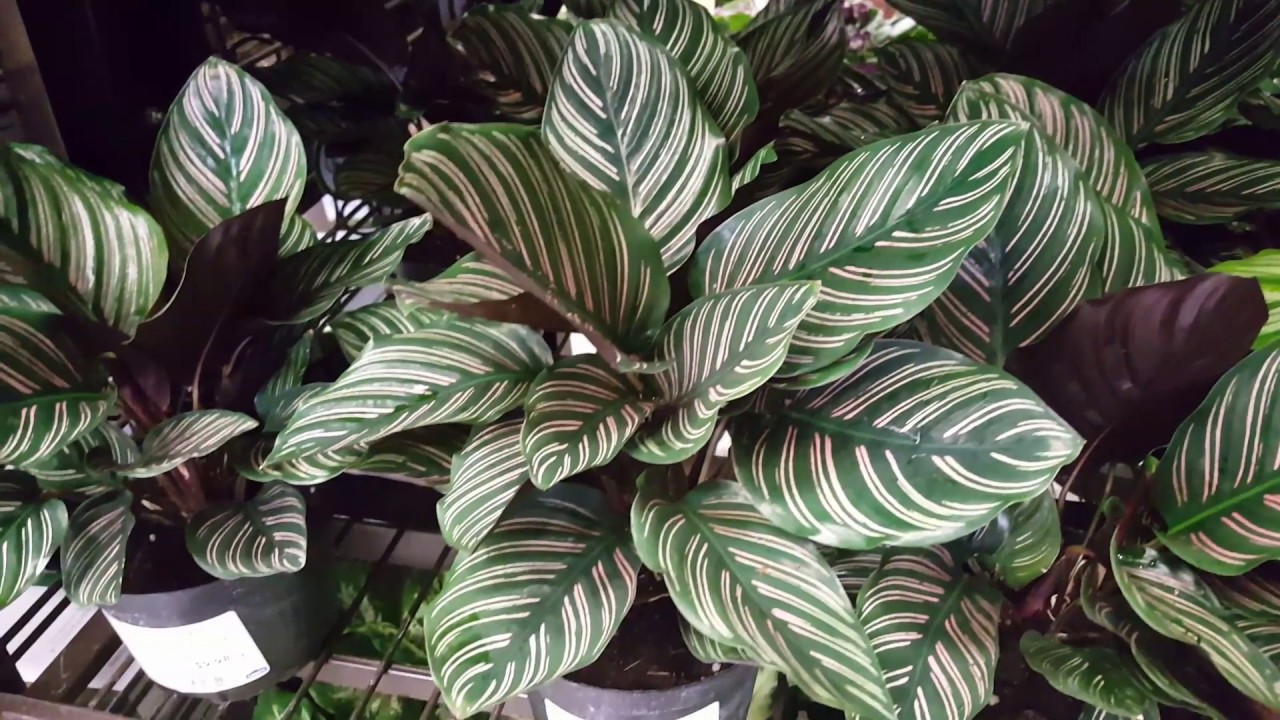How to care for Calathea plant
07 Feb 2022
Words cannot describe the beauty of a calathea plant. Calathea plants are one of the most glorious among all tropical plants, because of their artistic foliage pattern. Calathea plants are often called the prayer plants. Prayer family plants usually unfurl their leaves when the sun is outside, and in the night time they fold up their leaves a little bit. This indoor plant is a very suitable choice for home as well as office also.
Calathea plants belong to the Marantaceae family. They are native to tropical america. There are various types of calathea species present. Most common species are calathea peacock, calathea pinstripe, calathea medallion, calathea beauty star, calathea orbifolia, calathea rattlesnake, and others. These stunning plants do not need too much care, but there are some specific factors which are good for your calathea to thrive.

6 Tips to care for calathea plants
- Soil: Soil is very essential for your calathea plant. Thai plants need well-draining soil with a good mix of perlite and cocopeat, and soil. Be sure to keep your soil mix loose enough so that your plant’s root can get enough air.
- Sunlight: These plants cherish indirect sunbathes. How much your alathea needs sunlight depends on their leaf color, dark leaves need a reduced amount of sunlight. Place your calathea plant in a place where it can get indirect but bright light, because bright light can burn the leaves.
- Water: Feet soaked with water is not the actual taste of a calathea plant. They like their soil to be moist. These plants need an adequate amount of water to live. Water them when their upper soil seems to be dry. Always use distilled or filtered water.
- Fertilizer: Calathea plants do not need too much fertilizer. Feed your plant with a generic fertilizer once a month. Your plant will need fertilizer often in the growing season.
- Propagation: You can propagate your calathea by dividing the root. Spring is the best season for propagation.
- Humidity: Being a tropical plant, calathea needs a higher humidity level to grow.

Calathea plant’s problems:
- Curling of the leaves is a sign of insufficient water or low humidity level.
- Spots on the leaves indicate that you're not using filtered water.
- Dropping of the leaves is also a sign that your plant is not getting enough water.
- Yellow leaves are a sign that your plant is overwatered.
- Mislaying the variegation of the foliage is a sign that your plant is in exposure to direct sunlight.
Those are all the things that you need to know to care for calathea plants. Every plant needs a little bit of love and attention. The best part of having these plants is, they are pet friendly. Therefore, it can be a good option for every plant and animal lover.